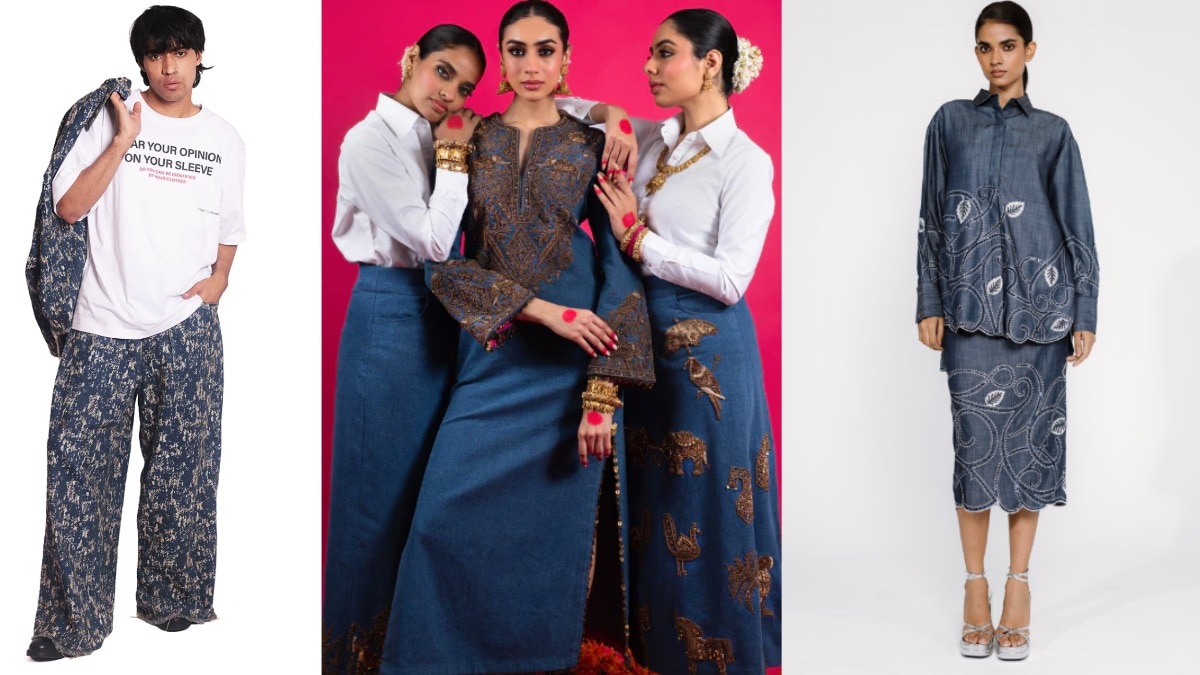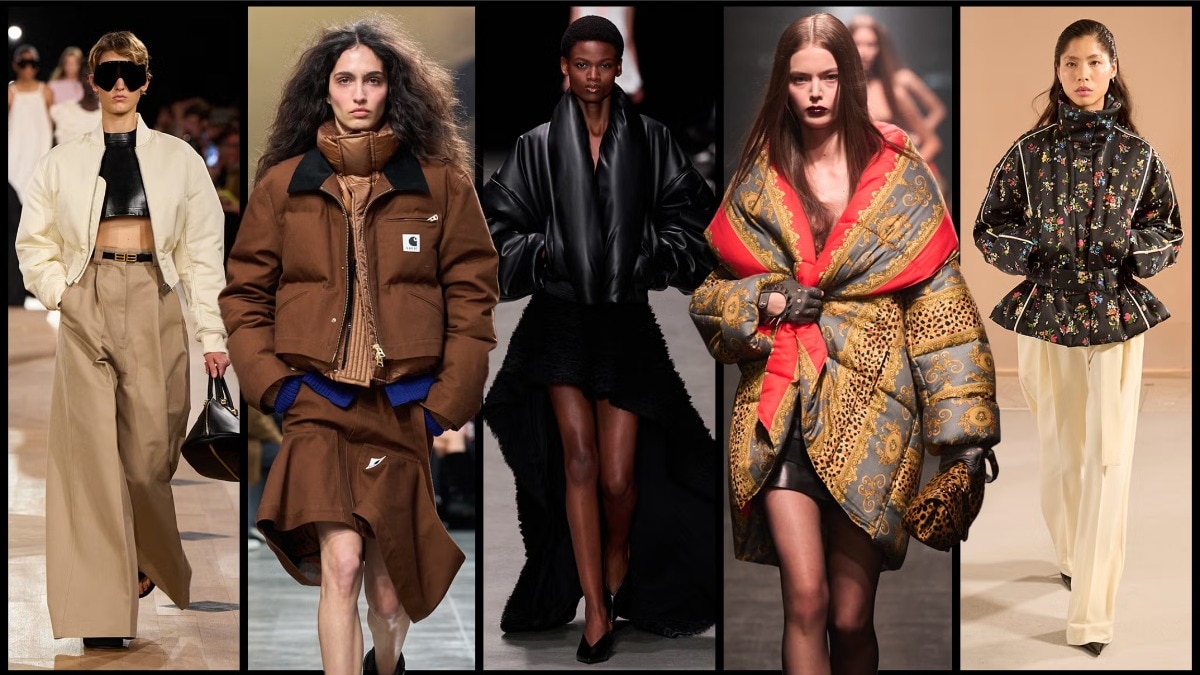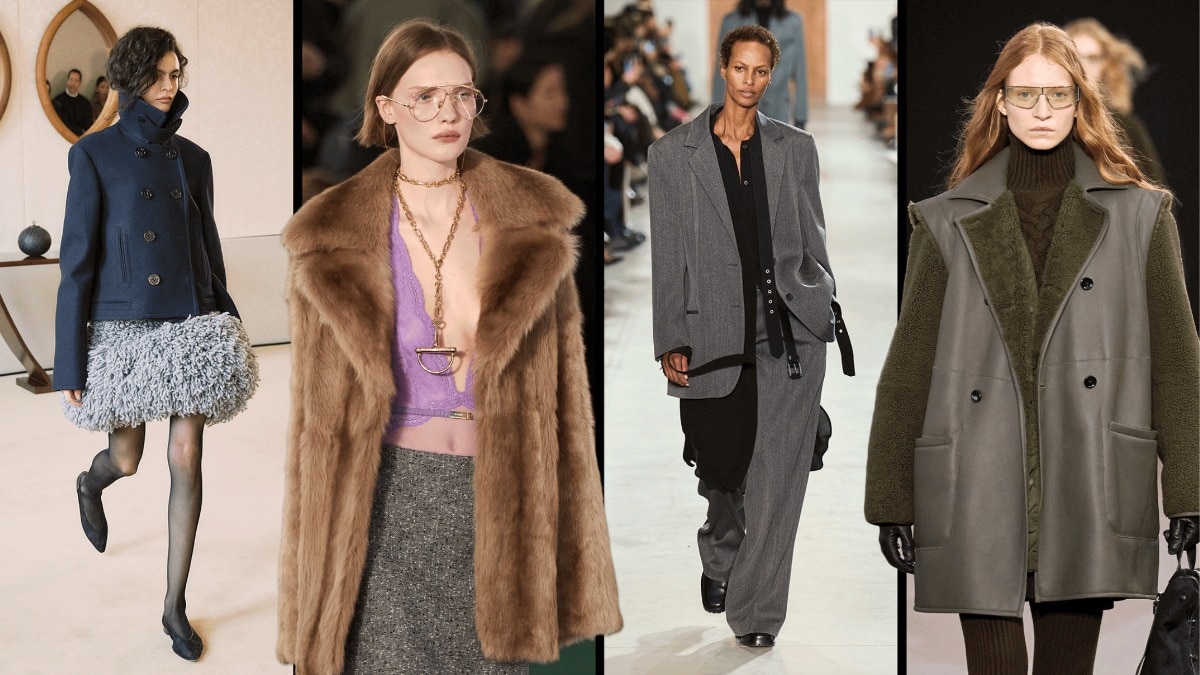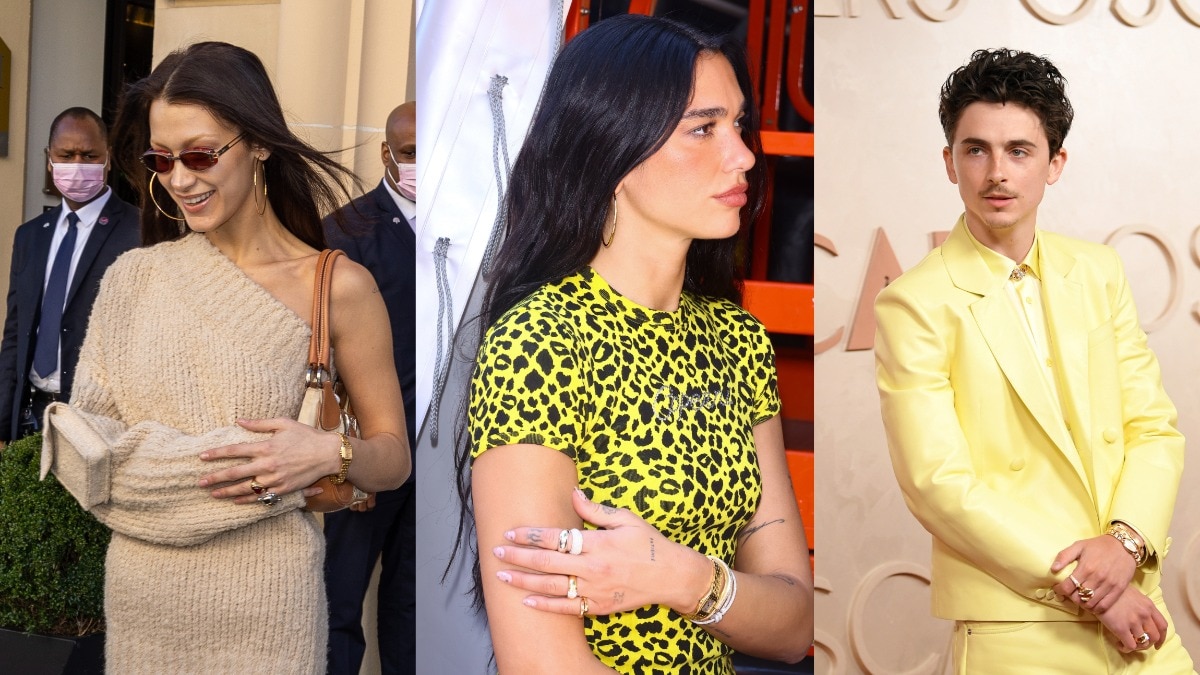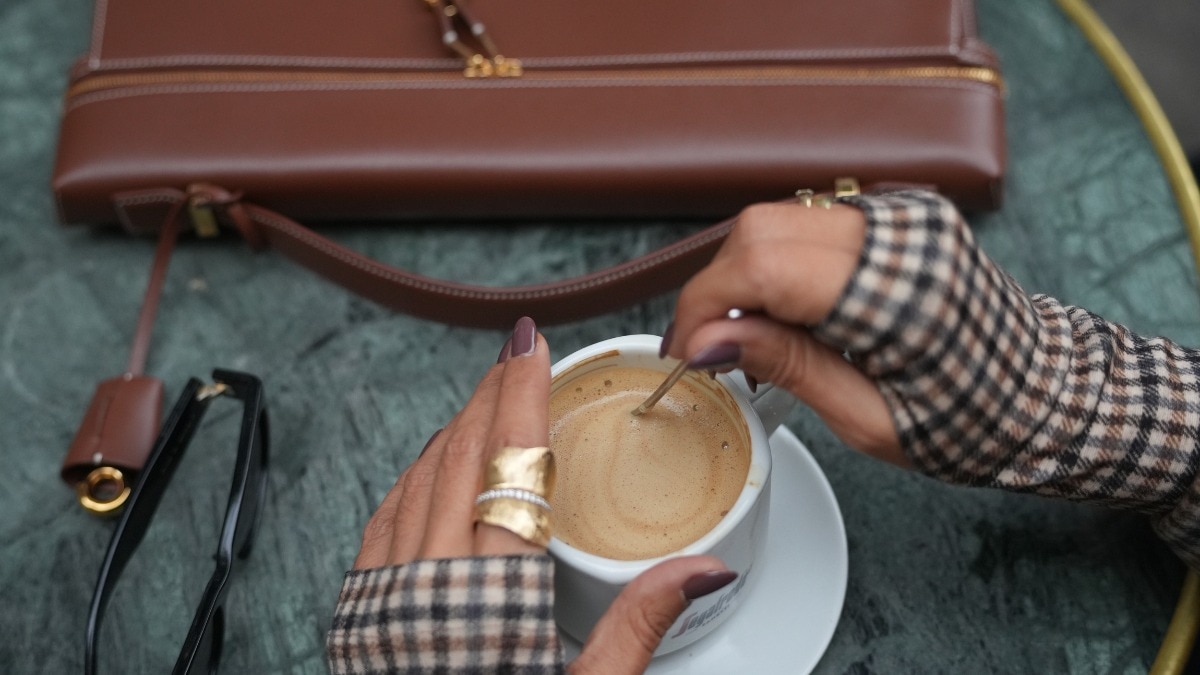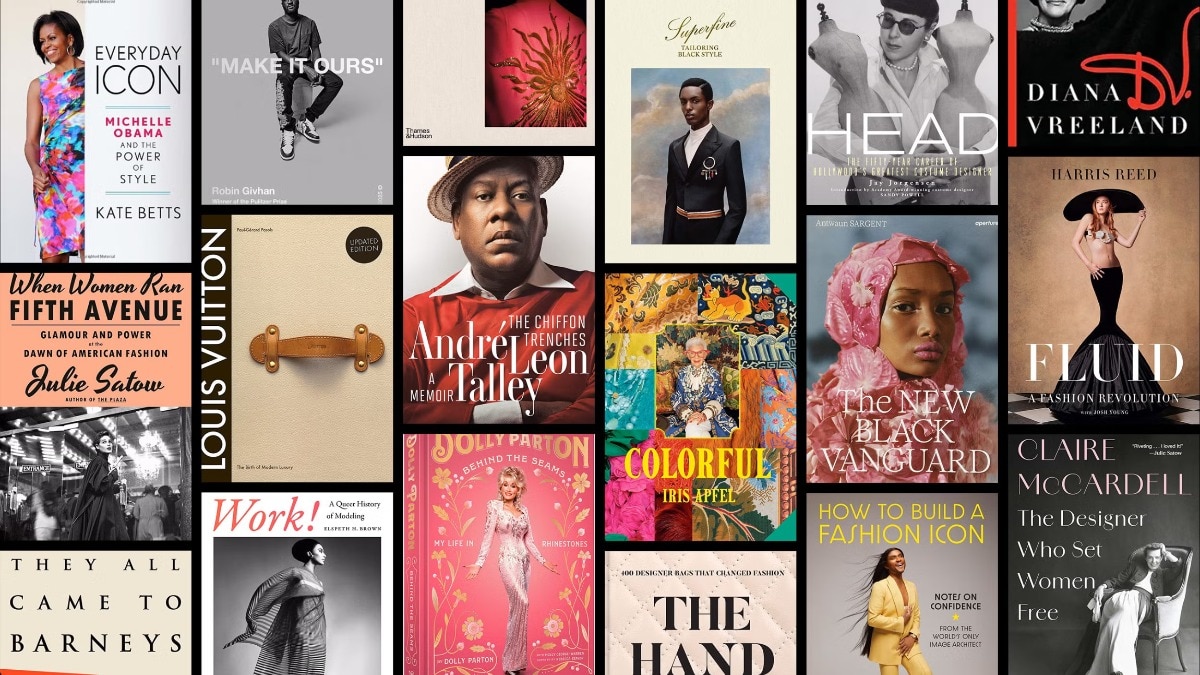
Sometimes, a dress is just a dress (And that’s radical enough)
In a world obsessed with symbolism, wearing something just because it looks good might be the most radical thing you can do.


Some nights, when the world has talked too much and touched too little, I slip into a dress that doesn’t mean a thing. No slogans stitched into the hem. No vintage references. No nods to pop cultures I’ve read about but never felt cool enough to claim. Just silk. Just skin. Just the whisper of fabric gliding across my collarbone like a secret. There’s no occasion. No dinner. No audience. Just me, barefoot in my room, letting a halter neck remind me that I can wear something just because it makes me feel confident in my skin.
But then doubt slips in, scrutinising the hem, weighing whether it’s too bold or too bare, too shiny or too plain. It’s the kind of internal tug-of-war that turns getting dressed into a performance, where the outfit stops being about self-expression and starts becoming a response to imagined scrutiny. Because somewhere along the way, getting dressed stopped being simple.
What we wear is no longer just fabric; it’s character judgment, family values, and social currency. Is it respectable? Is it modern enough, modest enough? We’ve been taught that every choice, every stitch, every outfit must justify its existence and self-theorise. We’re choking on meaning.
DRESSING WITHOUT SUBCONTEXT

That black dress? It’s the quintessential “revenge dress”, forever tied to Princess Diana’s iconic post-cheating scandal appearance. That coquette bow? A Tumblr-era relic, laced with Lolita-coded provocation and nostalgic rebellion. Even the Miu Miu micro-mini wasn’t just a skirt; it became a symbol, endlessly dissected for what it meant about capitalism, control, and millennial sexual politics.
Clothing isn’t worn anymore, it’s curated like an exhibit, then weaponised for narrative. But don’t get it twisted, meaningful dressing has power. Protest fashion, gender expression, and cultural revivalism; these are vital, defiant, and rooted in resistance. From Billy Porter’s tuxedo gown at the Oscars that blurred the line between masculinity and femininity to bridal lehengas paired with sneakers at Indian queer pride walks, an unapologetic celebration of both identity and comfort, clothes can speak without ever raising their voice.
But here's the thing: not every outfit needs to carry that weight. Not every fishnet shirt is a feminist dispatch, and not every sheer top is a rejection of the male gaze. Sometimes, a dress is just a dress. In trying to escape one gaze, we’ve simply traded it for another. The pressure to always “mean something” can feel just as performative as the expectations we are rebelling against. We have forgotten the quiet simplicity of dressing without justification.
Fashion consultant and stylist, Edward Lalrempuia, who’s worked with some of the biggest names in Indian cinema and fashion, said something that lingered with me for quite some time, “Dressing up is an armour for me. It gives me great confidence, it gives me great joy to feel good, look good in the clothes that I wear.”
Maybe that’s it. The real meaning of dressing up is the lack of one—Simply, pure joy and just ease.
Are we OVERPERFORMING AUTHENTICITY

Across runways, red carpets, and social media feeds, authenticity has emerged as fashion’s most prized currency. Yet increasingly, it demands performance. Outfits today are rarely worn; they're presented. Styled not only for wearability, but for meaning.
Much of this shift can be traced to the internet’s influence on personal style. Platforms like Pinterest, Tumblr, and TikTok have turned aesthetics into identities: coquette, clean girl, indie sleaze, quiet luxury. Each trend arrives with its own moodboard, its own language, and often, its own implied values. As a result, style has become increasingly self-referential; less about instinct and more about narrative construction.
The “Clean Girl” look, for example, began as a minimalist approach to beauty—slicked hair, dewy skin, gold jewellery. What started as a low-maintenance alternative to maximalist trends quickly settled into a visual formula. What promised ease became its own kind of uniform. In this climate, instinctive, unfiltered dressing is becoming increasingly rare. Clothing is more frequently tied to personal politics, identity markers, or social cues. Even the absence of intention can be interpreted as a statement.
Still, some of us are quietly pushing back against this pressure to signify. “Wearing something that means nothing is when I feel most myself,” says stylist and entrepreneur Sheefa Gilani. “No references, no deeper messaging, just a choice based on how I feel in the moment. That simplicity can be freeing.” She adds, “Dressing without meaning doesn’t mean dressing without intention. It’s a different kind of clarity.”
Perhaps that’s the kind of authenticity we’ve lost, one that isn’t loud, codified, or aestheticised, but deeply personal. The kind that doesn’t exist for the feed. The kind that brings you back to your body, your intuition, your now.
THE LOST ART OF DRESSING WITHOUT A REASON

To wear something simply because you want to—without politics, provocation, or pop-cultural references—can feel like an act of recklessness. At best, it’s seen as basic. At worst, shallow. And in some circles, apolitical. We’ve found a way to intellectualise ease, to aestheticise relaxation, to curate even our softness into statements.
Instinct, it seems, no longer cuts.
When Rani Mukerji stepped out in a chiffon sari, it was rebranded as Y2K Bollywood revivalism, when maybe, just maybe, she wore it because she wanted to. That’s the kind of quiet logic that Pranay Jaitly, co-founder of Who Wore What When, deeply understands. “To me, wearing something that ‘means nothing’ isn’t really about simplicity. It’s about memory,” he says. “It’s about reaching for pieces that aren’t trying to make a statement, but somehow bring me home.”
Jaitly, who works at the forefront of India’s red carpet and editorial fashion machine, is no stranger to narrative dressing. “I’m constantly surrounded by clothes meant to speak loudly—on runways, red carpets, editorials. Every garment is curated to say something: about power, politics, identity,” he explains. “And I love that part of my work.” But beyond the spotlight, he finds himself craving the opposite, pieces that don't ask for attention, but offer comfort, memory, and a return to self.
He speaks of his early fascination with his mother’s saris, the softness of worn cotton, the language of weaves passed through generations. These garments didn’t shout. They didn’t signify. But they carried a quiet truth, a lived-in warmth. “When I wear them, I’m not dressing to be seen,” he adds, “I’m dressing to feel.”
And in that sentiment lies the heart of this so-called “meaningless” dressing: it’s not devoid of emotion, it’s deeply anchored in it. These are not outfits crafted for commentary or applause. They are the pieces we reach for when we want to remember who we are beneath the noise.
And perhaps that’s the lesson. In a culture that demands everything be legible, performative, or strategically symbolic, maybe the boldest thing you can do is not explain yourself. To choose beauty without annotation. To claim joy without reason. To wear the dress and leave the caption blank.
THE DRESS THAT MEANS NOTHING MIGHT MEAN EVERYTHING

To wear something without needing it to carry a message is to step outside the endless loop of explanation. It’s not about making a statement or rejecting one—it’s simply about choosing what feels right in your body, in that moment, for yourself.
After all, there is something quietly meaningful about reaching for a piece of clothing that doesn’t ask to be understood. A linen kurta softened by time, a dress that moves the way you needed to move that day, a shirt that smells like someone you miss. These choices aren’t loud, but they are honest. They offer comfort, ease, and familiarity. The kind of beauty that stays close to the skin and doesn’t need to travel further than that.
But let’s not pretend this is easy. The impulse to self-mythologise is strong, especially when everyone’s watching. But maybe you don’t have to post the caption. Maybe you don’t need the disclaimer. Maybe you don’t owe the world your story every time you get dressed.
Because sometimes, pretty is enough.
All images: Getty Images
Also read: Kolhapuris are having a fashion moment—Here are the chicest pairs to wear now
Also read: Capris are back and cooler than you remember

